Chmod R 777 directory/File 777Giving Full permissions as READ , WRITE and EXECUTE to all users R means recursive addition of permission to each file/directory which is mentionedChmod rf 777 or if this doesn't work try sudo chmod rf 777 Share Improve this answer Follow answered Mar 13 '12 at 9 Bogdan Meaning of "go boil some milk, pastor" My new cat won't stop meowing Do missiles need antiicing?In short, "chmod 777" means making the file readable, writable and executable by everyone chmod 775 /path/to/file Hopefully, this article can help you understand better about the file permissions in Unix system and the origin of the magical number " 777 "

Chmod 777 What Does It Really Mean Make Tech Easier
Chmod 777 meaning in linux
Chmod 777 meaning in linux-U User, meaning the owner of the file g Group, meaning members of the group the file belongs to o Others, meaning people not governed by the u and g permissions a All, meaning all of the above If none of these are used, chmod behaves as if "a" had been used The "what" values we can use are – Minus sign Removes the permission6 – read and write 7 – read, write, and execute According to the requirement, we can add this number with "chmod" command The Linux/ Unix and Mac os gives us the option to use 3 digit combination like "777" and also 4 digit options like 0777 These 4 digit numbers have the following values



Wizard Installer Default File And Folder Permissions Issue 4905 Octobercms October Github
$ chmod 777 filetxt (or) $ chmod ugorwx filetxt Give execute privilege to user Leave other privileges untouched execute = 1 If you want to just add execute privilege to users and leave all other privileges as it is, do the following $ chmod ux filetxtIf you're passing them to chmod (the commandline program), there is no difference But in a C program or similar, 0777 is octal (three sets of three 1 bits, which is what you intend), while 777 is decimal, and it's quite a different bit pattern (chmod will interpret any numeric argument as octal, hence no leading zero is necessary)0777 (octal) == binary 0b 111 111 111 == permissionsSuper User ("chmod'ing") explains exFAT, as an extension of FAT, is not capable of storing discretionary access control metadata This is why all the files on an exFAT volume appear to be 777 permissions It's basically saying "this volume is wideopen because we can't not make it wideopen due to the file system format"
The numeric mode 0755 is the same as 755 To view the file's permissions in the numeric (octal) notation, use the stat command 644 Never Use chmod 777 # Setting 777 permissions to a file or directory means that it will be readable, writable and executable by all users and may pose a huge security riskOne time sourdough starterChmod command change attributes from a file/folder chmod 666 file/folder means that all users can read and write but cannot execute the file/folder;;
In the Unix system, each number code represents the permission or restriction commands That means, different numbers or number combination indicates different permissions They are related to any file In general, an eightbit binary number can control data and access to those files or foldersAvoid using boundary cases, such as chmod 777 and chmod 000 Using chmod 777 gives everyone rwx permissions, and it is generally not a good practice to give full powers to all the users in a system The second case, I will leave you guys to figure outUsing chmod 777 gives everyone rwx permissions, and it is generally not a good practice to give full powers to all the users in a system The second case, I will leave you guys to figure out



What Are The Top 50 Commands In Linux Quora



Linux Modify The File Permissions Chmod Programmer Sought
The numeric mode 0755 is the same as 755 To view the file's permissions in the numeric (octal) notation, use the stat command 644 Never Use chmod 777 # Setting 777 permissions to a file or directory means that it will be readable, writable and executable by all users and may pose a huge security riskCauses them to be removed;When you are trying to find a solution to an issue you are experiencing with Linux permissions, you will see some people recommend using the command "chmod 777" The chmod command is a powerful tool used to modify a Linux system's permissions for a specific file or directory The command can be dangerous to system's security when misused, for example, setting the permissions of files



Chmod 755 Command What Does It Do Codefather



Self Study Record Linux Command User Authority Management Programmer Sought
There will be a Permission tab where you can change the file permissions In the terminal, the command to use to change file permission is " chmod " Hopefully, this article can help you understand better about the file permissions in Unix system and the origin of the magical number "777″ Posted in Linux1 – what owner can 2 – what users in the file group (class) can 3 – what users not in the file group (class) can Examples chmod 600 file – owner can read and write chmod 700 file – owner can read, write and execute chmod 666 file – all can read and write chmod 777 file – all can read, write and executeChmod 744 file/folder allows only user (owner) to do all actions;



A Complete Guide To Chmod Recursive Force And More



Why Chmod 777 Is Internet Advice From Hell By Oliver Jakobi Medium
About Chmod # About Chmod chmod is a unix command that means " ch ange mod e" on a file The R flag means to apply the change to every file and directory inside of wpcontent 766 is the mode we are changing the directory to, it means that the directory is readable and writable by WordPress and any and all other users on your systemGroup and other users are allowed only to readBest Answer chmod command change attributes from a file/folder chmod 666 file/folder means that all users can read and write but cannot execute the file/folder;
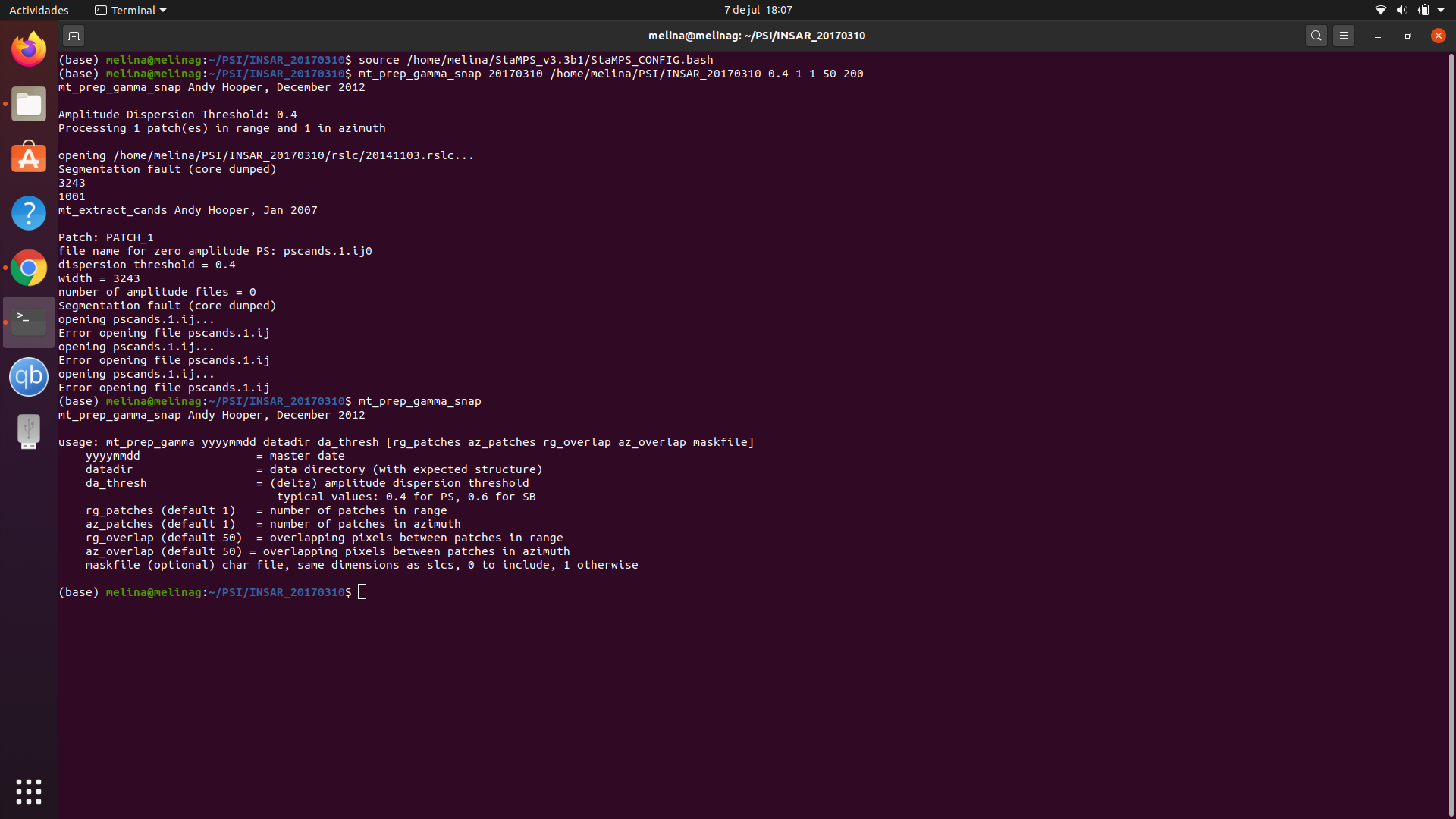


Workflow Between Snap And Stamps Stamps Step Forum



Chmod 777 What Does It Really Mean Make Tech Easier
Chmod 777 does not apply rwxrwsrwxThis implicitly means chmod 0777, would apply rwxrwxrwx, and is significantly different from rwxrwsrwx The permission rwxrwsrwx can be applied with chmod 2777 your_target You can show the effective permission string of a file or directory withGroup and other users are allowed only to read permission to user(u) group(g) other(oAnd = causes them to be


Basic Linux Commands Ubuntu



Explained How To Use Chmod Command Complete Guide Youtube
Chmod R 777 directory/File 777Giving Full permissions as READ , WRITE and EXECUTE to all users R means recursive addition of permission to each file/directory which is mentionedWhat do you mean by Chmod 777?The difference is what permissions get set and which mode you use to set them With chmod x you set the executable bit for all the owner, the owner group, and the other users This is known as symbolic mode To quote the man chmod The operator causes the selected file mode bits to be added to the existing file mode bits of each file;


選択した画像 Chmod 777 Command ただの車



File Permissions In Linux Unix Vk9 Security
In short, "chmod 777" means making the file readable, writable and executable by everyone chmod 777 / path / to /file Hopefully, this article helped you better understand file permissions in Unix systems and the origin of the magical number "777"There will be a Permission tab where you can change the file permissions In the terminal, the command to use to change file permission is "chmod" Hopefully, this article can help you understand better about the file permissions in Unix system and the origin of the magical number "777″The first 7 refers to Owners, the second to Groups and the third to Others In essence, chmod 777 indicates that owners, groups and others have permissions to read, write and execute files Below, you will see some combinations and what they mean Chmod 777 – Read, write and execute for owners, groups and others
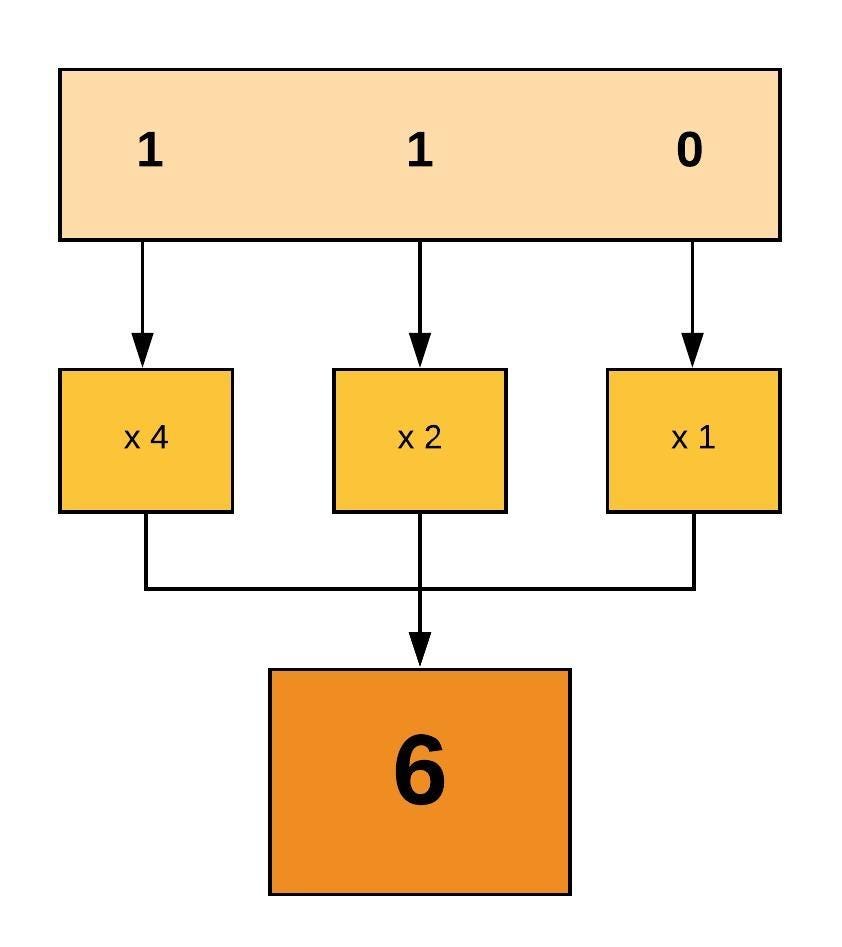


Linux File Permissions And Ownership By Udara Bibile Level Up Coding



Chmod 777 What Does This Really Mean Elitehacksor
Chmod 777 file/folder allows all actions for all users;;Numeric permission constructed from user, group and world sections For example, if you want to change file to be readable, writable and executable by everyone, this will be your command adb shell su c "chmod 777 " Or adb shell su c "chmod 000 " if you intent to deny any permissions to itChmod 777 file/folder allows all actions for all users;



Chmod X Explained Everything You Need To Know



Chmod Calculator Takes The Hassle Out Of Directory Permissions Techfruit
Chmod Calculator is a free utility to calculate the numeric (octal) or symbolic value for a set of file or folder permissions in Linux servers Check the desired boxes or directly enter a valid numeric value (eg 777) or symbolic notation (eg rwxrwxrwx) to see its value in other formatsChmod 744 file/folder allows only user (owner) to do all actions;In CHMOD the "777" has two meanings Each position corresponds to different users For example the "x00" position referres to the Owner Whatever you set here will affect only the OWNER of the file



Linux File Permissions Complete Guide Devconnected



How To Set 777 Permissions In Windows 7 Youtube
You can change file permissions in this format chmod options mode file_name You can change permissions using alphanumeric characters (arwx) or with octal numbers (777) Here's a chmod example using for setting permissions so that Owner can read, write and execute Group can read, write and execute1 – what owner can 2 – what users in the file group (class) can 3 – what users not in the file group (class) can Examples chmod 600 file – owner can read and write chmod 700 file – owner can read, write and execute chmod 666 file – all can read and write chmod 777 file – all can read, write and execute$ chmod 1775 Sample_dir/ $ ll Sample_dir/ total 36 drwxrwxrt 2 user user 4096 Jul 1 1926 / drwx 71 user user Jul 1 1926 / But, the ls output has changed ll has been aliased to ls alF and the name of the folder now appears in white text with a blue background



More About Linux File Permissions



How To Use The Terminal Chmod Command Demystified And Put To Use Youtube
To chmod a file means to set certain permissions By default, all files uploaded to the server automatically have permissions set to 644 The setting 644 is relatively safe, as it provides "Read" and "Write" access to the owner, while limiting the rest of the public to "Read Only" access Few of the most common chmod commands are 775 and 777Chmod 777 participants The first 7 sets the permissions for the user, the second 7 sets the permissions for the group, and the third 7 sets the permissions for everybody else If you want to be the only one who can access it, use chmod 700 participants To give yourself and your group members full access, enterMeaning of chmod 1775 Ask Question Asked 5 years, 8 months ago Active 2 years, 6 months ago Viewed 9k times 2 Created a folder "Sample_dir" and analysed its permissions $ mkdir Sample_dir $ ll Sample_dir/ total 36 drwxrwxrx 2 user user 4096 Jul 1 1926 / drwx 71 user user Jul 1 1926 /



Chmod 777 Chmod 755



Permission Denied Inside Var Www Html When Creating A Website And It S Files With The Apache2 Server Stack Overflow
In Unix and Unixlike operating systems, chmod is the command and system call which is used to change the access permissions of file system objects (files and directories)It is also used to change special mode flags The request is filtered by the umaskThe name is an abbreviation of change mode Modes are the filesystem permissions given to "user", "group" and "others" classes to accessI know that 777 is to tick all the boxes in CHmod which are Owner Group Other Read Read Read Write Write Write Execute Execute ExecuteWhat Does chmod 777 Mean You are trying to fix a permission issue with your web server and found information on the Internet, saying that you need to recursively chmod 777 the web directory Before doing that, make sure you understand what does chmod R 777 do, and why you should never set permissions to 777



What Does Chmod 777 Mean In Linux Youtube



File And Directory Permissions And What They Mean Japo32
You can also set permissions using a terminal, Command to use to change file permission is " chmod " Basically setting a "chmod 777" means making the file readable, writable and executable by everyone chmod 777 /path/to/your/fileWhat Does chmod 777 Mean Setting 777 permissions to a file or directory means that it will be readable, writable and executable by all users and may pose a huge security risk This article explains the basic Linux permissions model and what the numbers corresponding to the permissions meanIn Unix and Unixlike operating systems, chmod is the command and system call which is used to change the access permissions of file system objects It is also used to change special mode flags The request is filtered by the umask The name is an abbreviation of change mode Modes are the filesystem permissions given to "user", "group" and "others" classes to access files under Unix They are shown when listing files in long format, or, if accesscontrol lists are in use, using getfacl Modes c
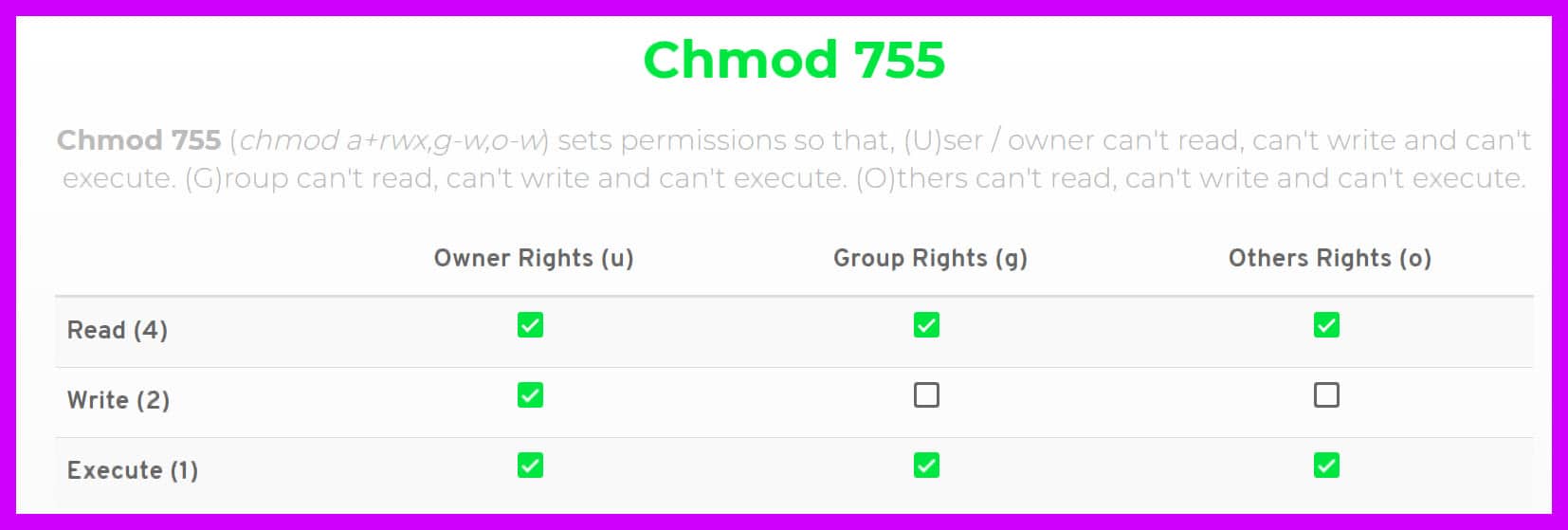


Chmod 777 A Definitive Guide To File Permissions
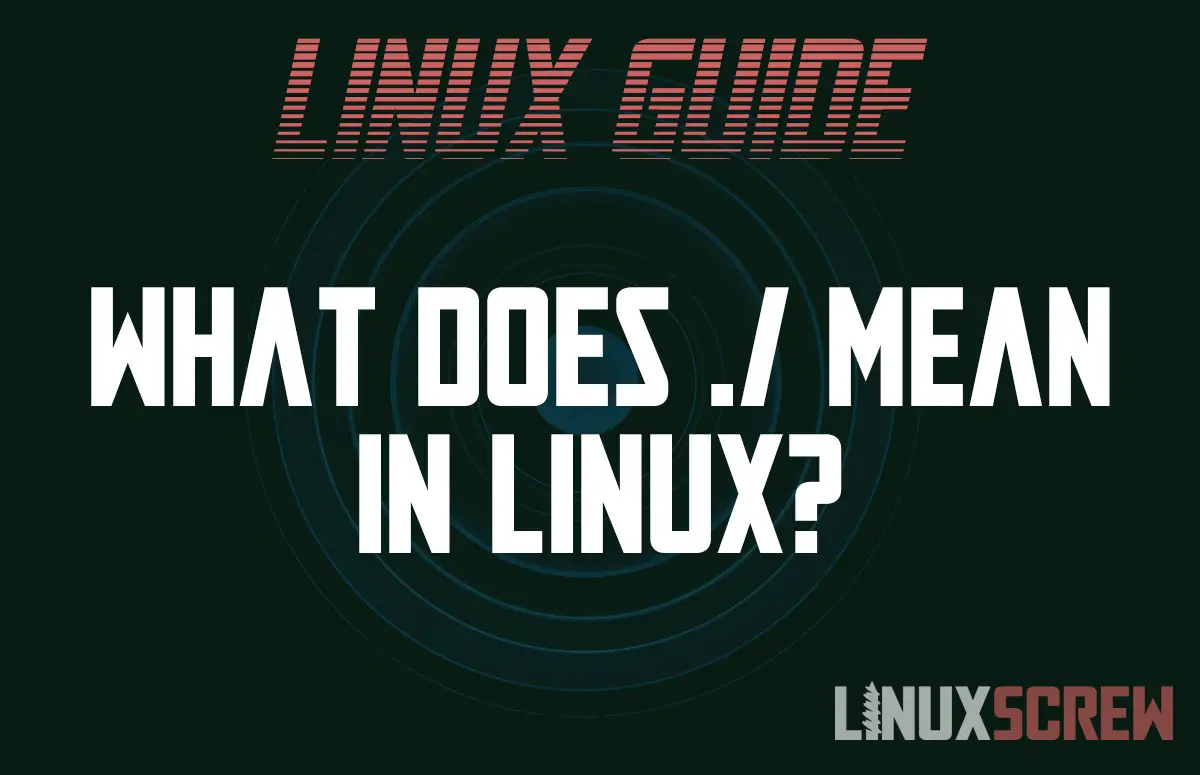


What Does Dot Slash Mean In Linux
Linux is a multiuser system and access to the files is controlled through the file permissions, attributes, and ownership In this article we'll explain how to recursively change permissions of files and directoriesIt is the last steps in installation Thanks so much for your helps Cheers LeoThe chmod command A normal consequence of applying strict file permissions, and sometimes a nuisance, is that access rights will need to be changed for all kinds of reasons We use the chmod command to do this, and eventually to chmod has become an almost acceptable English verb, meaning the changing of the access mode of a file



How To Use Chmod To Change Permissions Today I Learned
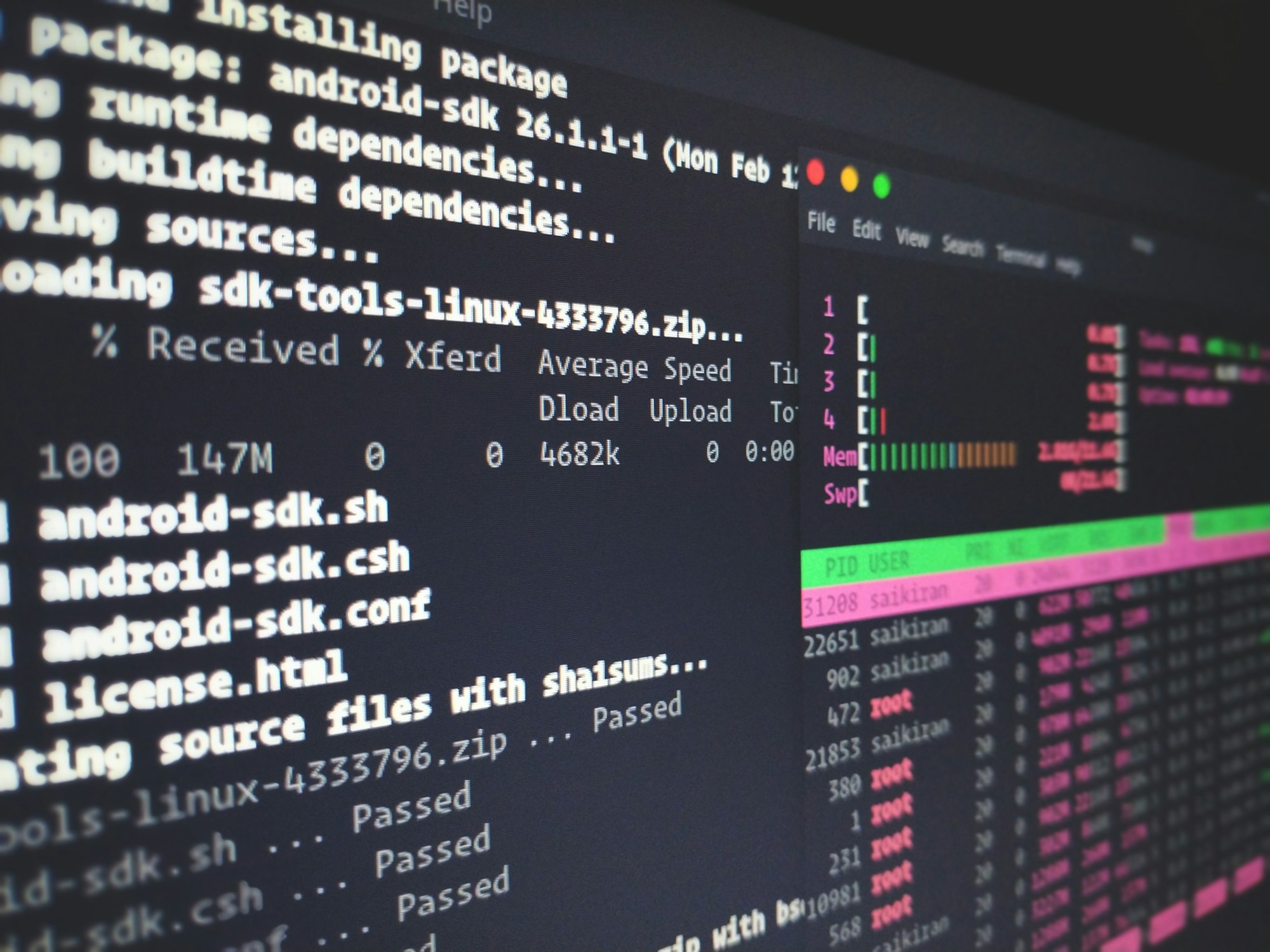


Unix Permissions Explained
Chmod Calculator is a free utility to calculate the numeric (octal) or symbolic value for a set of file or folder permissions in Linux servers Check the desired boxes or directly enter a valid numeric value (eg 777) or symbolic notation (eg rwxrwxrwx) to see its value in other formatsChmod 777 participants The first 7 sets the permissions for the user, the second 7 sets the permissions for the group, and the third 7 sets the permissions for everybody else If you want to be the only one who can access it, useCommon chmod commands and their meaning Here are some command chmod commands with their explanation chmod 777 This means that owner, group and everyone has the all the rights ie to read, write and execute This is a dangerous permission to have on any file and you should avoid using it chmod 755 The owner can read, write and execute



Bash Sudo Abc Sh Command Not Found Ask Ubuntu



Devrant A Fun Community For Developers To Connect Over Code Tech Life As A Programmer
I know that 777 is to tick all the boxes in CHmod which are Owner Group Other Read Read Read Write Write Write Execute Execute Execute How abt 444 and 644???In Unix and Unixlike operating systems, chmod is the command and system call which is used to change the access permissions of file system objects (files and directories)It is also used to change special mode flags The request is filtered by the umaskThe name is an abbreviation of change mode Modes are the filesystem permissions given to "user", "group" and "others" classes to accessIn short, "chmod 777" means making the file readable, writable and executable by everyone chmod 775 /path/to/file Hopefully, this article can help you understand better about the file permissions in Unix system and the origin of the magical number " 777 "
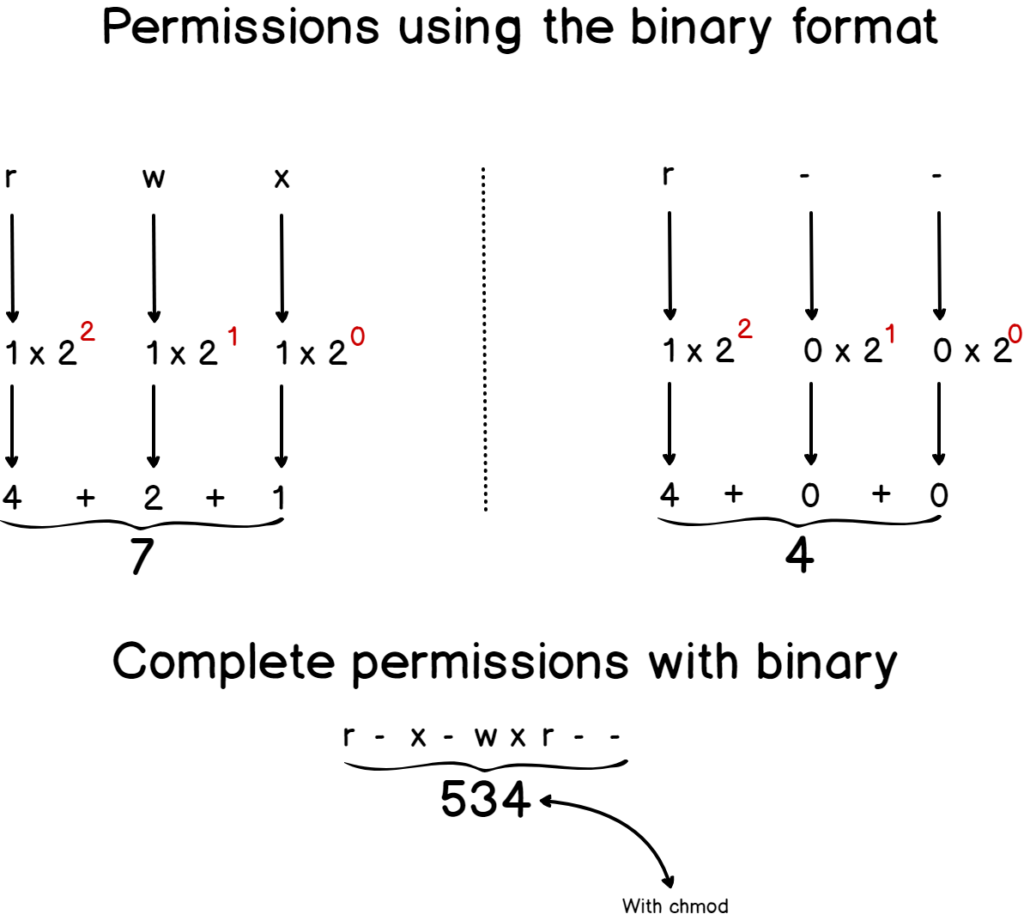


Linux File Permissions Complete Guide Devconnected



Chmod 777 All The Things Sysadminhumor
In Unixlike operating systems, the chmod command is used to change the access mode of a file The name is an abbreviation of change mode Syntax chmod referenceoperatormode file The references are used to distinguish the users to whom the permissions apply ie they are list of letters that specifies whom to give permissionsChmod 777 filename chmod 777 is considered potentially dangerous because you are giving read, write and execute permission on a file/directory to everyone (who is on your system) You should totally avoid it chmod x or chmod ax Execution for everyone Probably one of the most used case of chmod is to give a file the execution bit Often after downloading an executable file you will need to add this permission before using it



Issues With Adding Mount Point Media Folders Detecting Files In Plex On Freenas 11 2 U6 Nas Devices Plex Forum



The Chmod Command And Linux File Permissions Explained
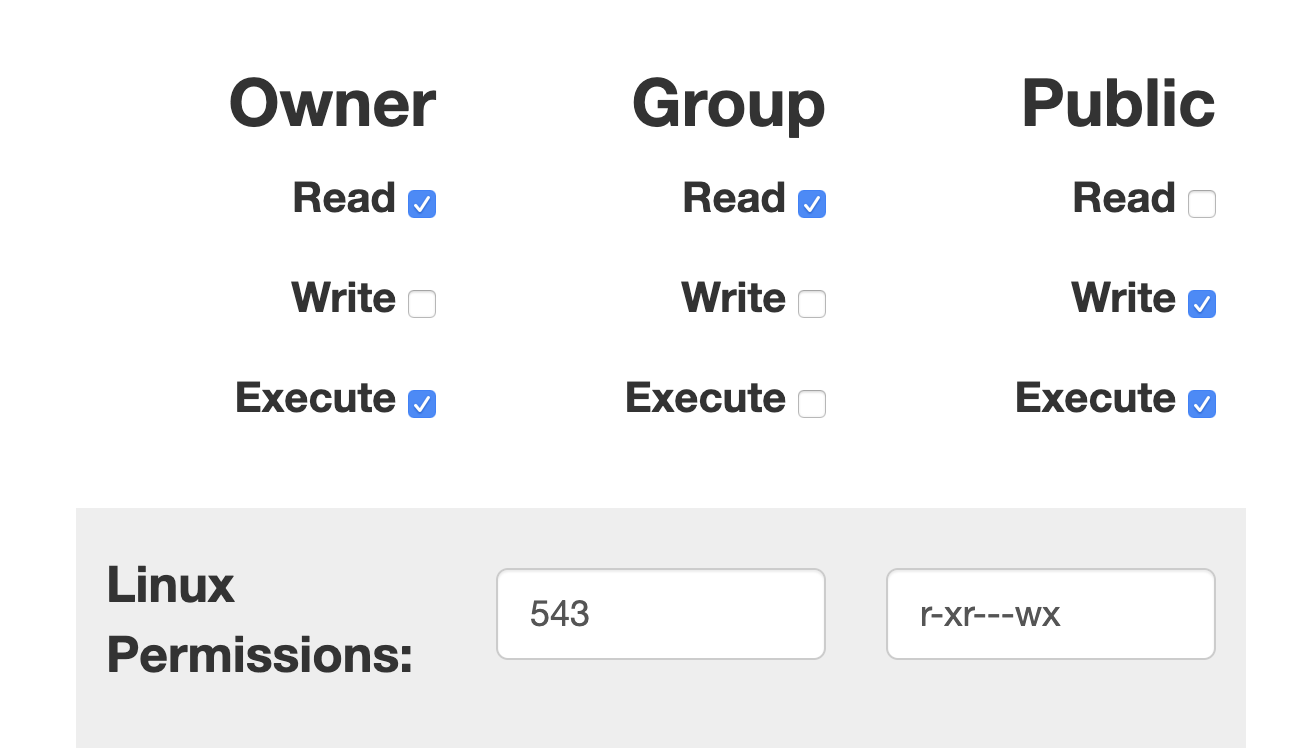


What Is The Difference Between Rights And 543 777 On File And Directory It Development Questions
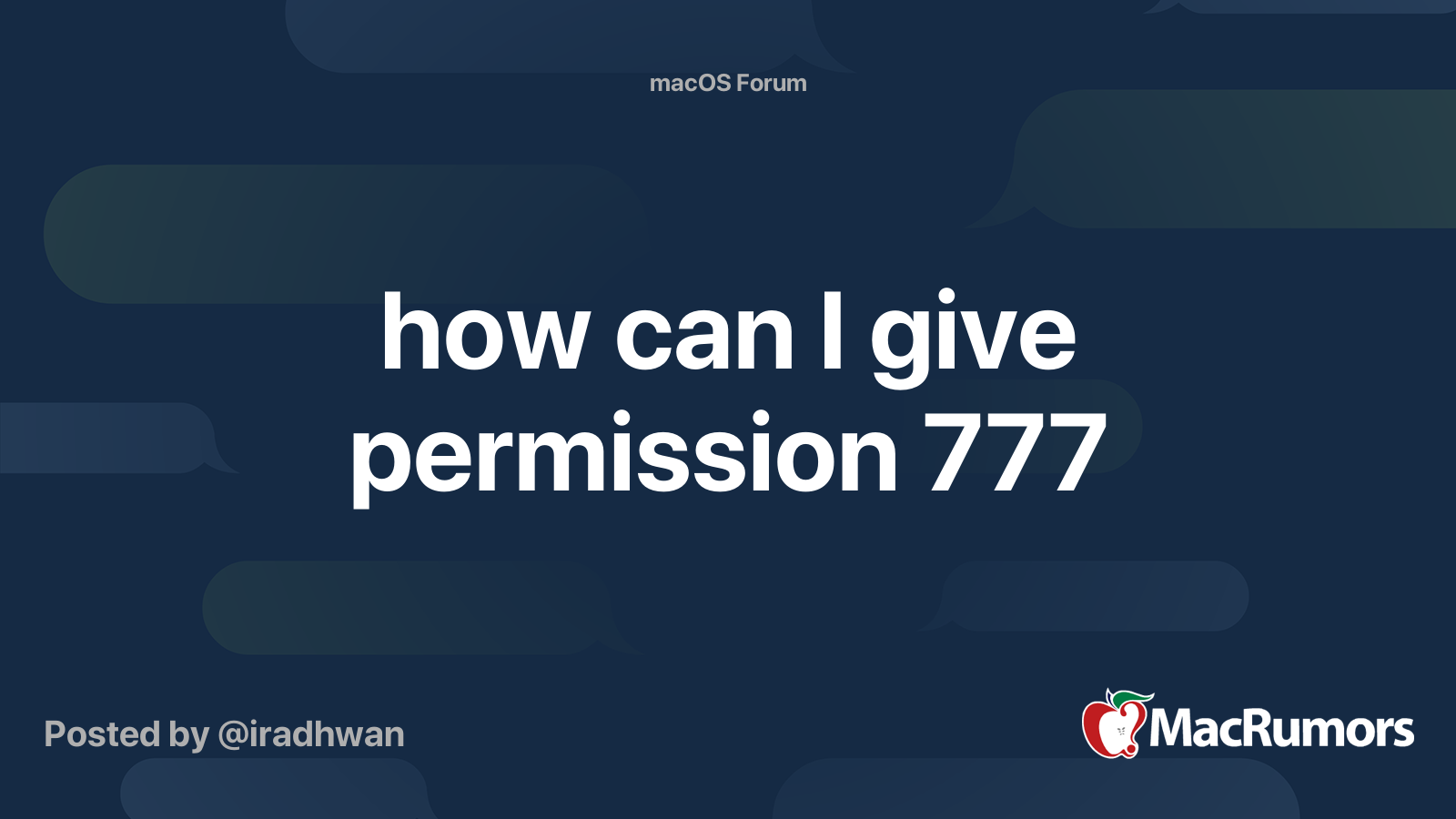


How Can I Give Permission 777 Macrumors Forums



What Do The Red Letters Mean Won T Allow My To Choose Some Of The Emulator Packages Retropie



How To Give Proper File And Directory Permission For Magento Localhost Magento Stack Exchange



Understand Linux System File Permission



Linux Chmod Recursive How To Change File Permissions Recursively



August 18 Pierre Villard



Why Chmod 777 Is Internet Advice From Hell By Oliver Jakobi Medium
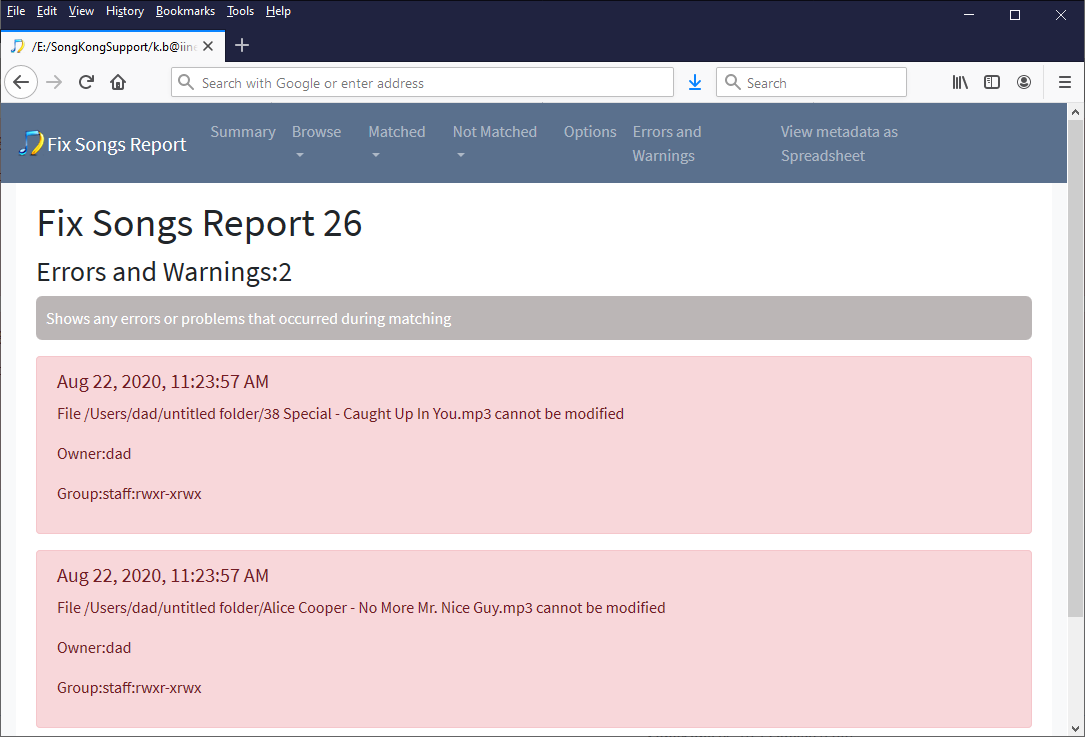


How Do You Fix Permissions On Macos When Songkong Cannot Modify A File Songkong Questions Songkong And Jaikoz Music ger Community Forum



Unix Permissions The Easy Way Index Of All Chmod Permutations By Semi Koen Towards Data Science
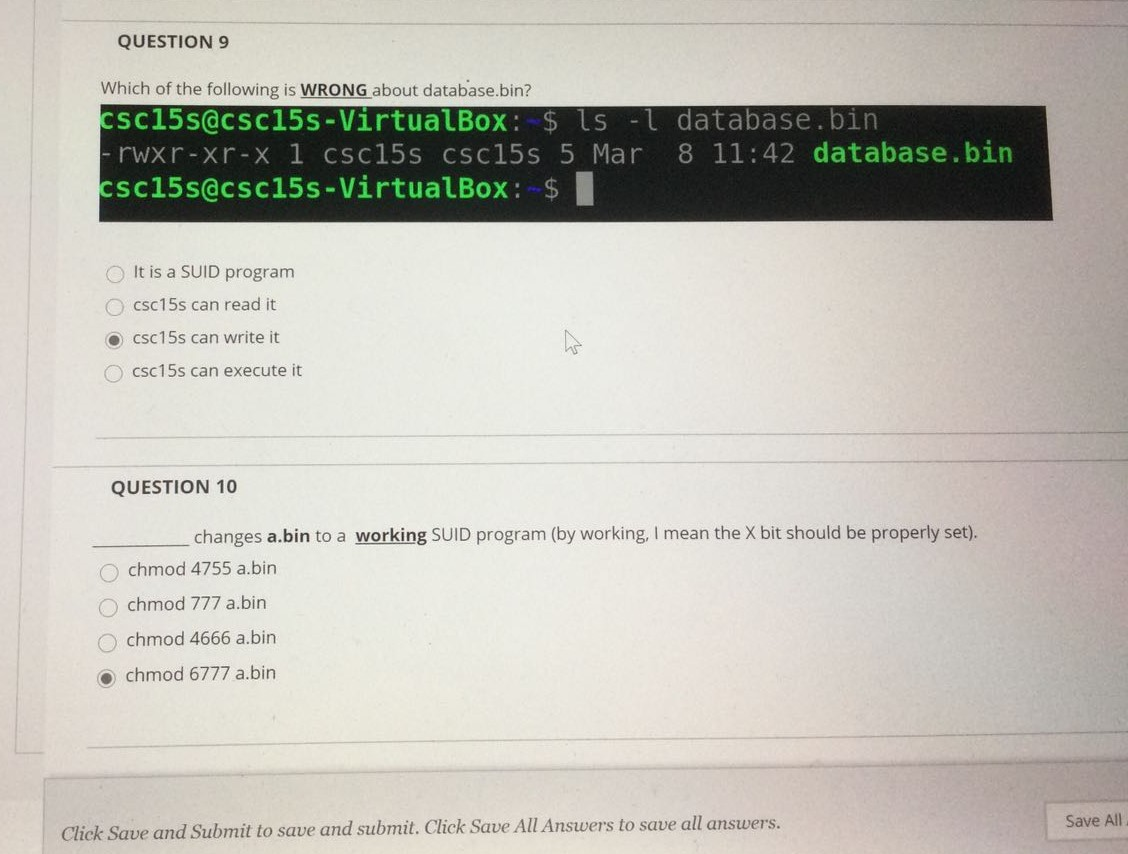


Solved Question 8 Which Of The Following Is False About B Chegg Com



Unable To Write Into External Hdd And In Its Properties No File System Format Details Are Shown In Ubuntu 13 04 Ask Ubuntu



How To Fix Ftp Permission Errors On Google Cloud One Page Zen



What Does Chmod 777 Mean In Linux Youtube



Quick Answer How To Use Chmod In Linux Os Today
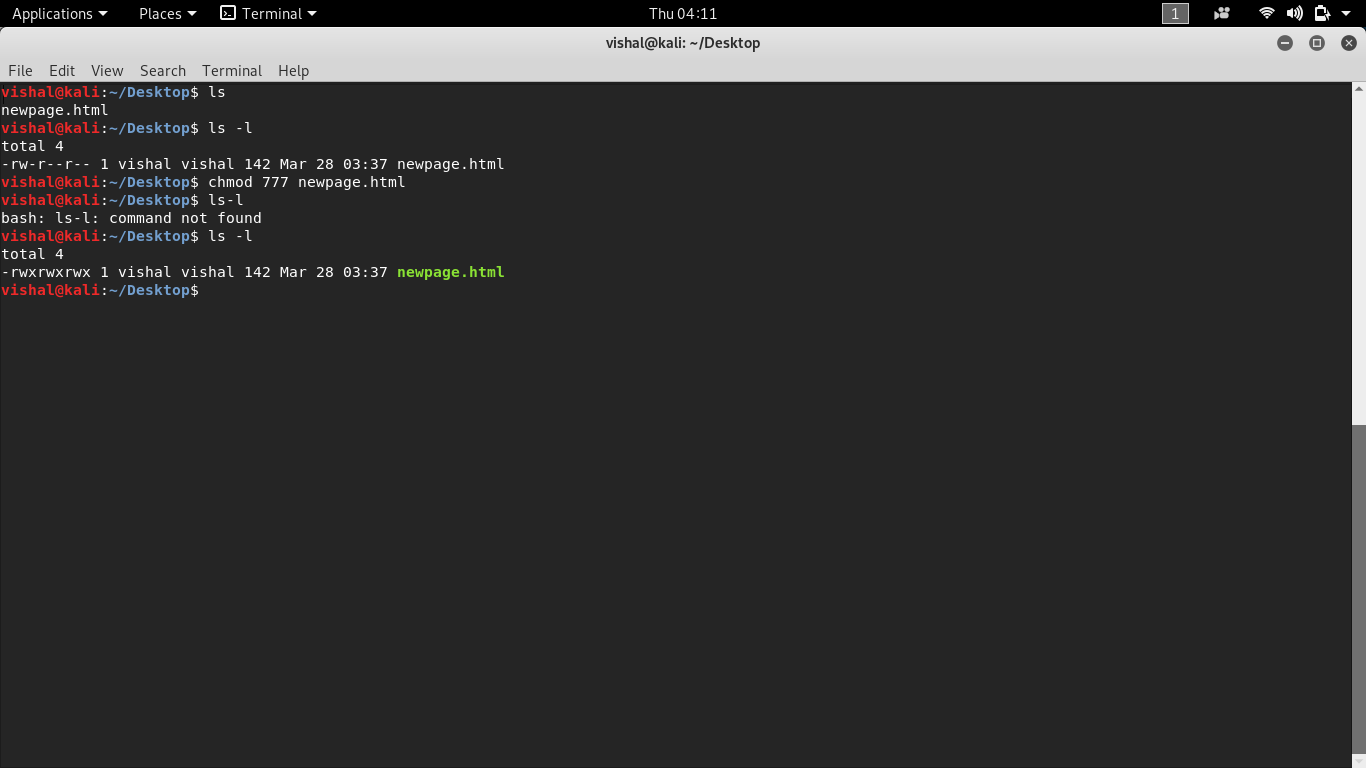


Unix Commands Basic To Advanced Unix Commands With Example


How To Build An Z3gateway On Pi3 From Ug129



Reeeeeeeeeeeeeeeeeee



Wizard Installer Default File And Folder Permissions Issue 4905 Octobercms October Github



Chmod 777 Folder User Manual Axak Scheko Site



上 Chmod 777



Give Write Access Chmod 775
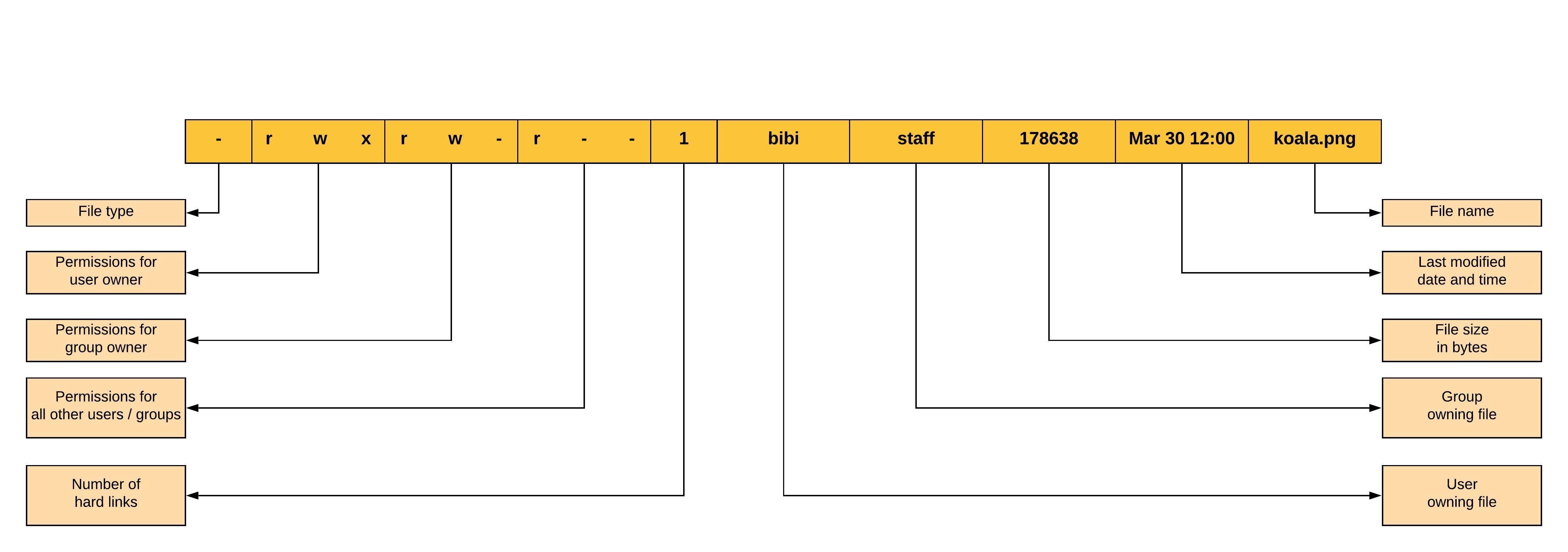


Linux File Permissions And Ownership By Udara Bibile Level Up Coding



Apache Ranger Pierre Villard



What Is Chmod 777



Basics Of Using Chown And Chmod Commands Anto Online



118 Symbolic Vs Numeric Permissions Demo Youtube



Chmod 777 A Definitive Guide To File Permissions
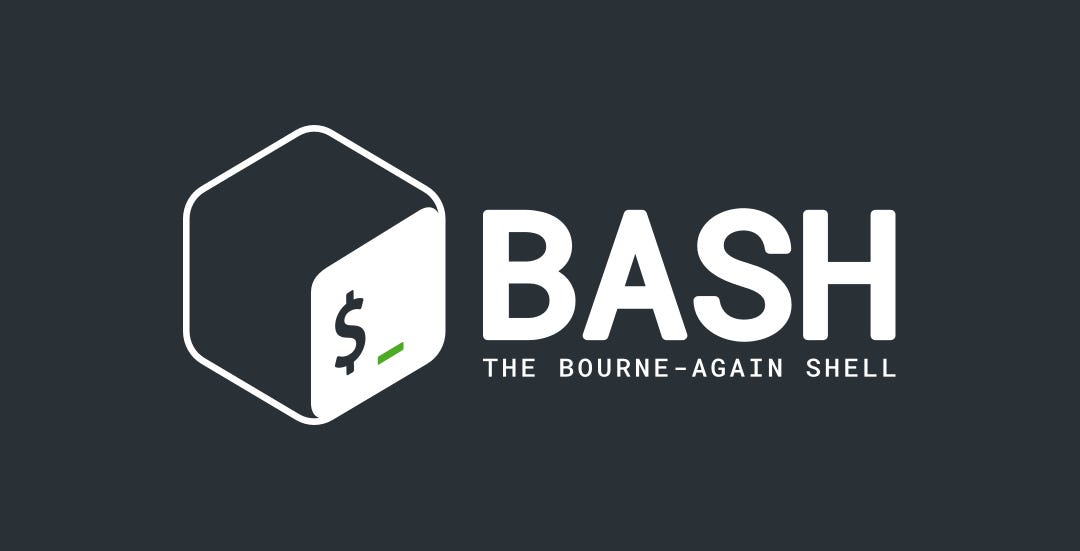


Bash Commands Guide Bash Is An Interactive Command Line By Durul Dalkanat Medium
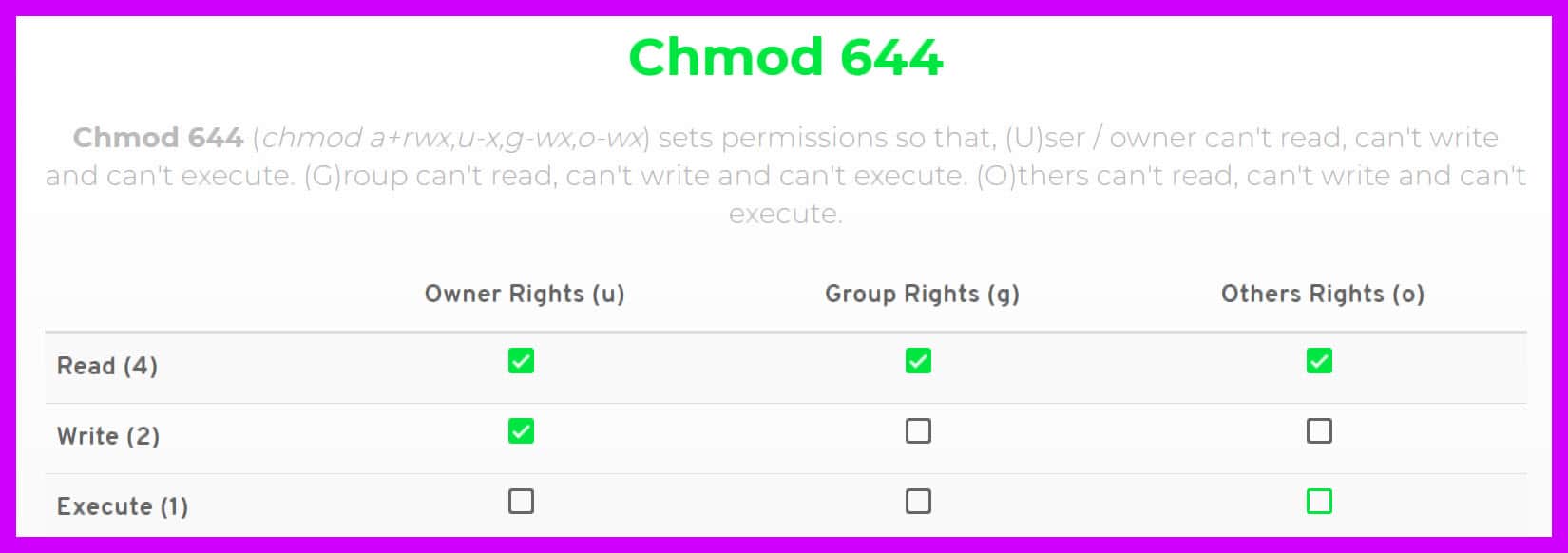


Chmod 777 A Definitive Guide To File Permissions



Umask Computer File Data



How To Set Chmod 777 To A Folder And All Its Contents Dev Community



Nathan Peck My Favorite Request I Ve Seen Recently Shell Cd Tmp Rm Rf Wget Http 41 101 192 47 Mozi A Chmod 777 Mozi A Tmp Mozi A Jaws I Don T Even Want To Think About The Horrible Software Architecture Flaw That Would Have



Linux File Attributes Programmer Sought


最高のコレクション Chmod 777 File Mac さもがた



Chmod Code Example
/GettyImages-1021092796-ea8c63ee76f84bd5bf98c4222337fbb4.jpg)


How To Use The Chmod Command In Linux



How Do You Chmod On Osx Macrumors Forums



Linux Chmod Change File And Directory Permissions ただ屋ぁ S Blog English



Fix Wordpress File Permissions Github



Linux File Permissions And Ownership By Udara Bibile Level Up Coding



Command Line Ugly Color For Directories In Gnome Terminal Ask Ubuntu



Set Or Change An Azure App Service File Or Folder Permission The Best C Programmer In The World Benjamin Perkins



Security Pierre Villard



Linux Chmod File Permissions Decoded From The 1980s Rickyadams Com



How To Set Chmod 777 To A Folder And All Its Contents Dev Community



Linux File Permissions Management System Programmer Sought
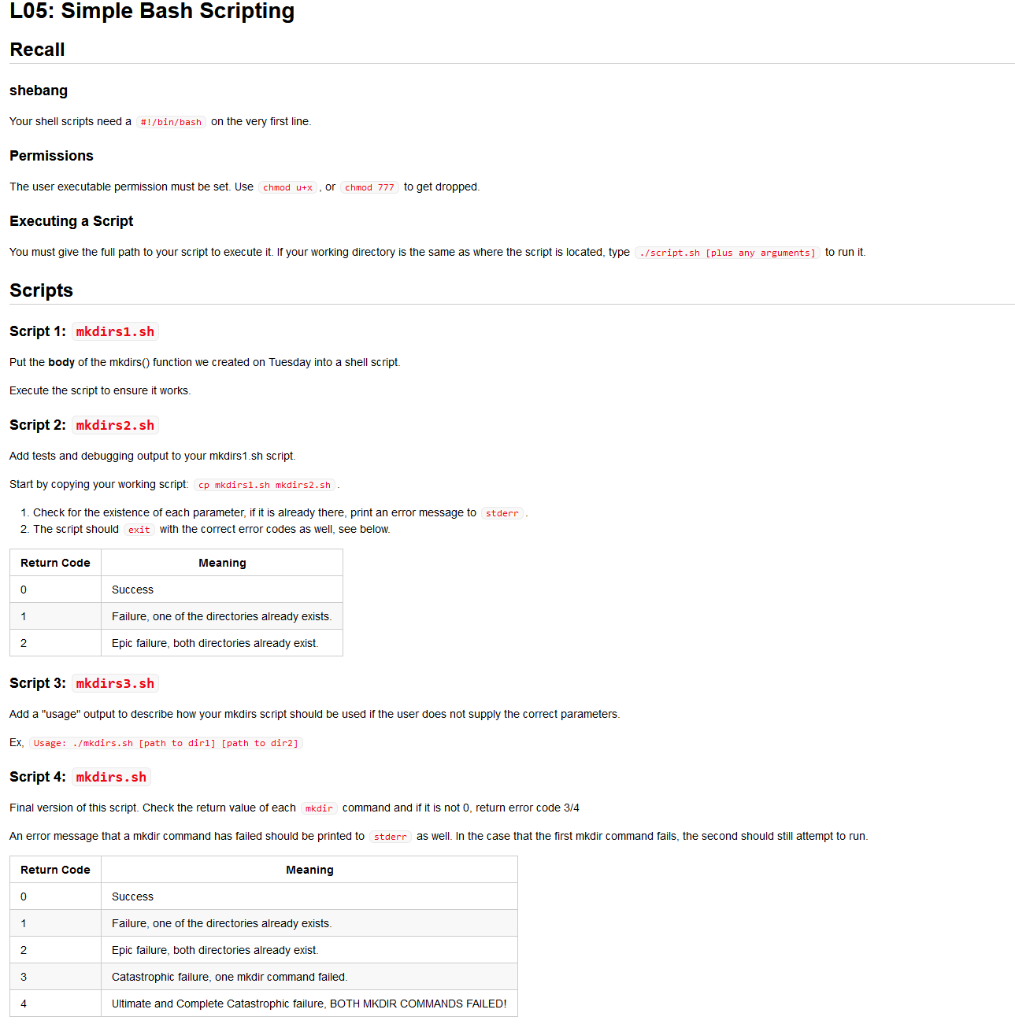


L05 Simple Bash Scripting Recall Shebang Your She Chegg Com



File Permission Meanings Stack Overflow



Chmod 555
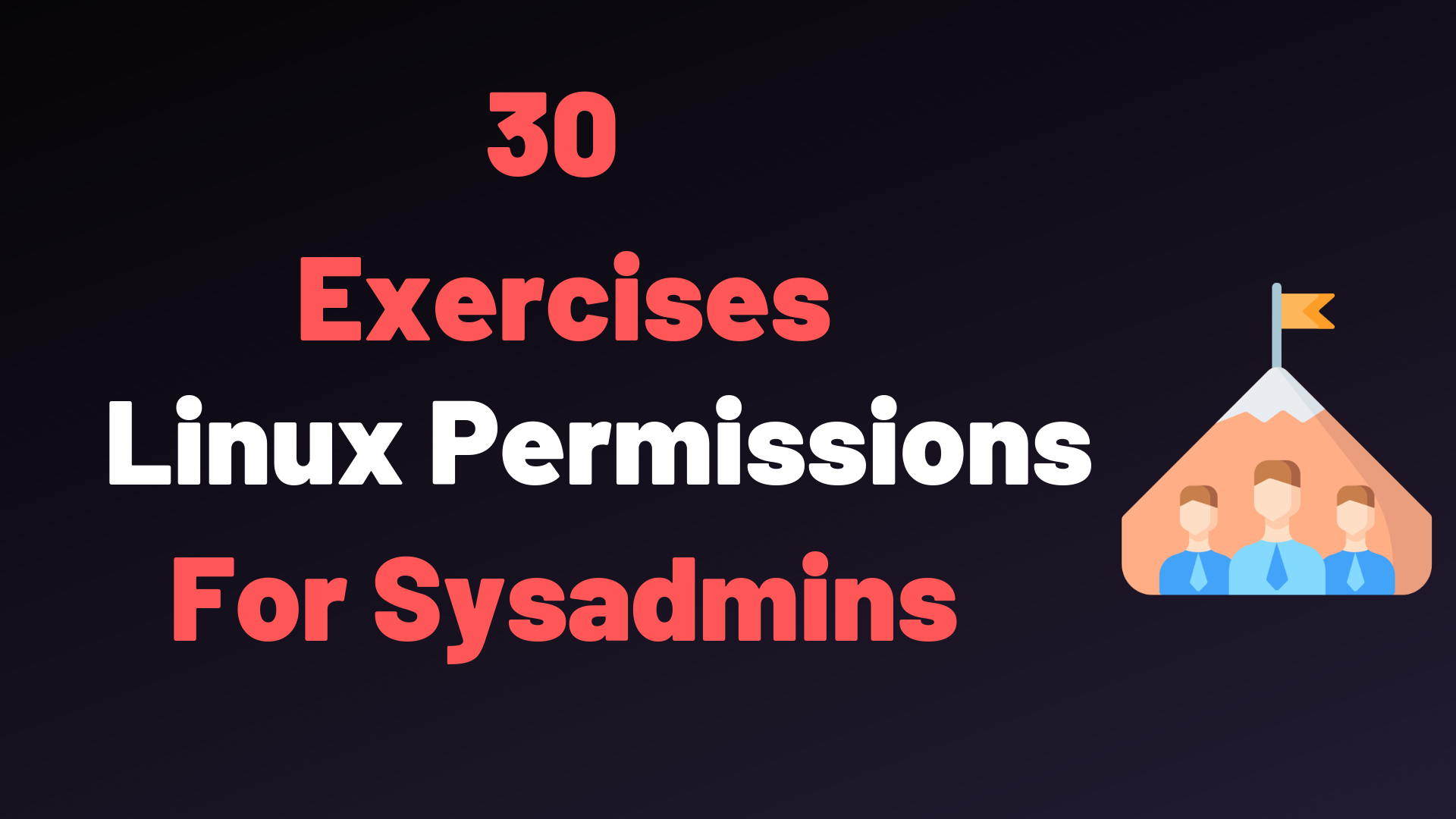


30 Linux Permissions Exercises For Sysadmins Devconnected



What Does Chmod 777 Mean In Linux Youtube



コンプリート Chmod Tableau



Basics Of Using Chown And Chmod Commands Anto Online



Interpretation And Setting Of Linux File Permissions Programmer Sought


最も好ましい Chmod Command In Linux In Hindi さもがた



人気ダウンロード Chmod 777 Example ただの車
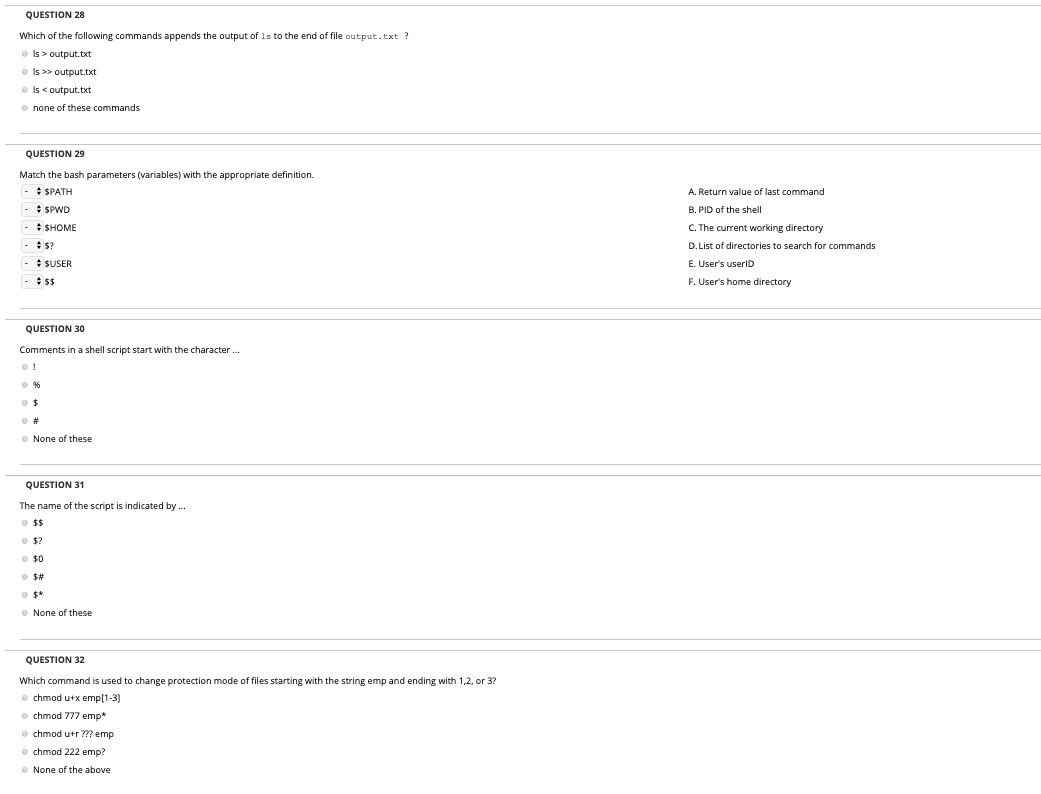


Solved Question 28 Which Of The Following Commands Append Chegg Com



Upgrade To V8 Issue Installation Upgrade And Import Support Whmcs Community



Command Of The Day Chown Drt Sh Execute Your Inner Shell



Bash Sudo Abc Sh Command Not Found Ask Ubuntu



How To Manage File Permissions On Ubuntu Server 04 Dev Tutorial
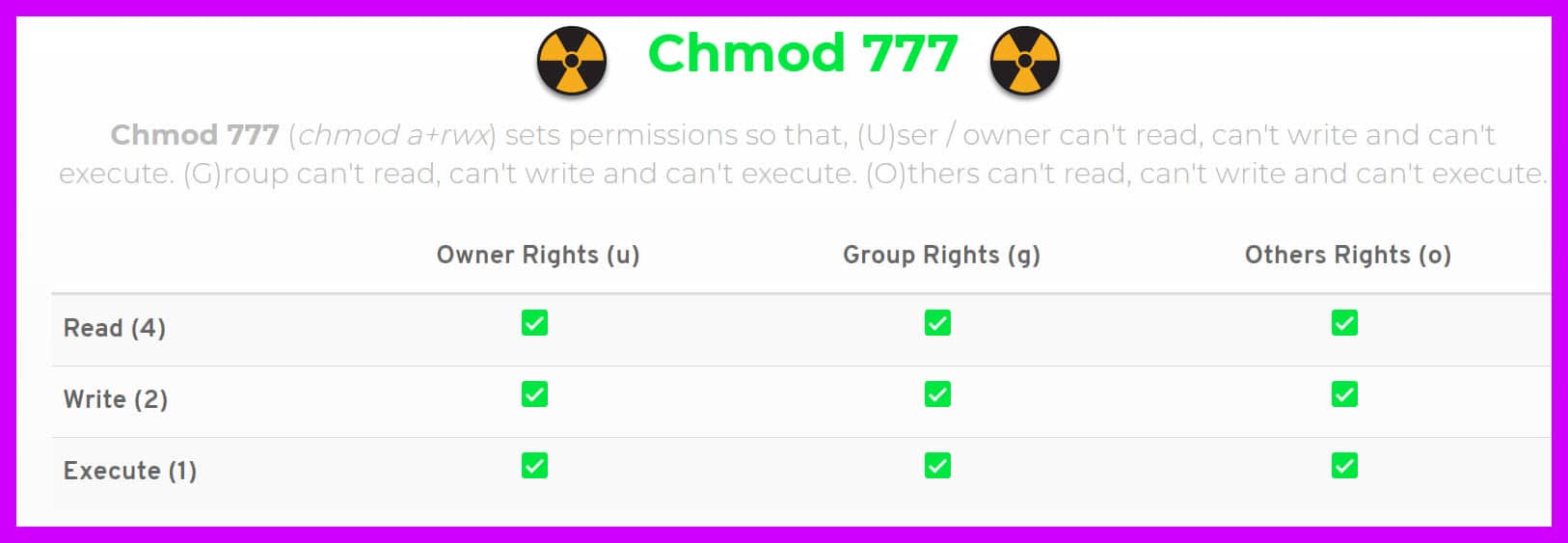


Chmod 777 A Definitive Guide To File Permissions



0 件のコメント:
コメントを投稿